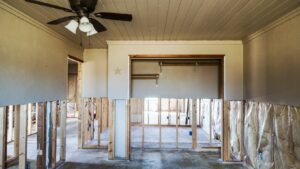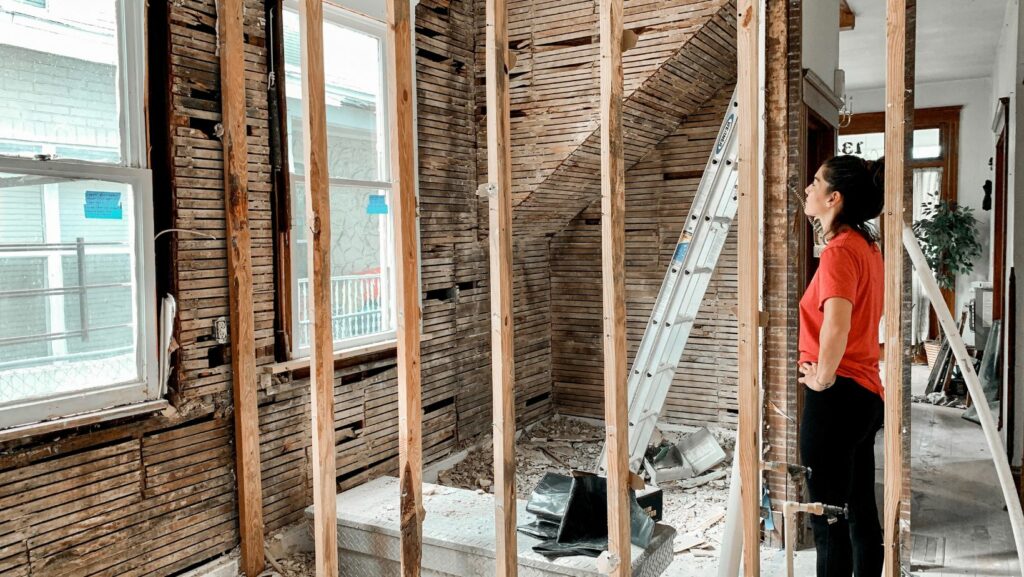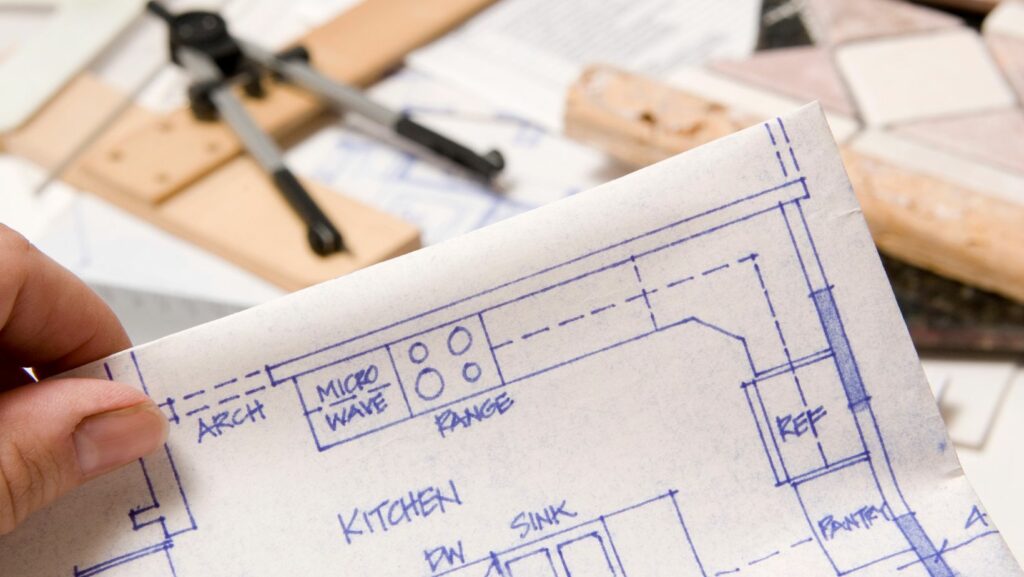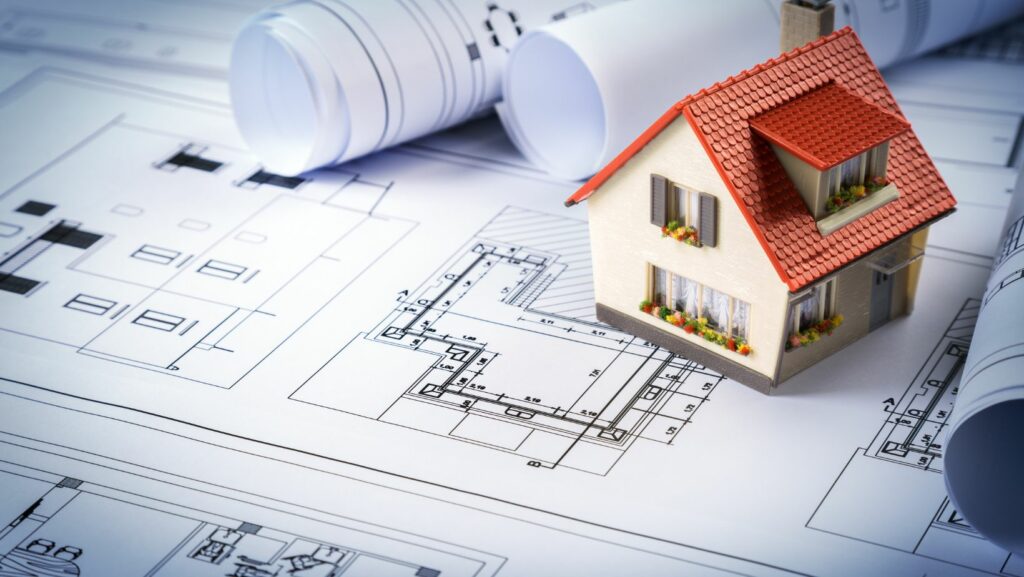DIY Projects for Home Improvement and Renovation
- Cost Savings and Personalization: DIY home improvement projects save money on labor costs and allow homeowners to tailor spaces to their unique preferences, enhancing individual style.
- Variety of Projects: From painting and flooring to custom furniture and outdoor landscaping, a wide range of DIY projects exist to improve both aesthetics and functionality in any home.
- Essential Tools and Materials: Having the right tools, such as power drills, saws, and measuring tapes, alongside cost-effective materials like reclaimed wood and laminate, is vital for executing successful DIY projects.

- Skill Development and Confidence: Engaging in DIY projects helps build practical skills, fostering confidence in one’s ability to tackle home maintenance tasks independently.
- Safety First: Prioritizing safety by using the right protective gear and maintaining a tidy work environment reduces the risk of injury, ensuring a smooth DIY experience.
- Community Support: Joining local workshops and online forums can provide motivation and inspiration, creating a sense of community among DIY enthusiasts.
Transforming a home doesn’t always require a professional contractor or a hefty budget. DIY projects for home improvement and renovation offer an exciting way to enhance living spaces while unleashing creativity. Whether it’s a simple weekend task or a more ambitious overhaul, these projects empower homeowners to take control of their environments.
From refreshing a dull room with a coat of paint to building custom shelving, the possibilities are endless. Engaging in DIY not only saves money but also adds a personal touch that reflects individual style. With the right tools and a bit of guidance, anyone can tackle home improvement projects that elevate their space and increase property value.
Overview of DIY Projects for Home Improvement and Renovation
DIY projects encompass a wide range of activities aimed at enhancing and renovating living spaces. These projects fall into various categories, addressing different aspects of home improvement.
Common DIY Projects
- Painting: One of the simplest and most impactful projects. A fresh coat of paint can dramatically change a room’s ambiance.
- Flooring: Installing laminate, tiles, or vinyl flooring can improve aesthetics and functionality. These materials often come with easy-to-follow installation instructions.
- Lighting: Upgrading old light fixtures or adding new ones enhances both style and illumination, making spaces more inviting.
- Landscaping: DIY landscaping projects, such as planting trees and shrubs, contribute to curb appeal and personal satisfaction.
- Furniture: Building or refinishing furniture allows for custom designs that reflect individual tastes.
Benefits of DIY Projects
- Cost Savings: Undertaking projects independently eliminates labor costs, making renovations more budget-friendly.
- Personalization: DIY projects foster creativity, enabling homeowners to tailor spaces to their preferences.
- Skill Development: Engaging in hands-on projects builds skills, increasing confidence in home maintenance tasks.
- Community Engagement: Many find motivation through local workshops or online forums, fostering a sense of community among DIY enthusiasts.
Essential Tools and Materials
To execute DIY projects effectively, certain tools and materials are commonly required:
| Tool/Material | Purpose |
|---|---|
| Measuring tape | Ensures accurate measurements |
| Paintbrushes | For applying paint |
| Power drill | Aids in fastening materials |
| Saw | Cuts various materials for custom work |
| Sandpaper | Smooths surfaces for a refined finish |
By embarking on DIY projects for home improvement and renovation, homeowners not only enhance their living spaces but also create a sense of ownership and pride in their homes. Each project undertaken contributes to the overall value and enjoyment of the property.
Popular DIY Projects for Interior Spaces
Homeowners seeking to enhance their interior spaces typically engage in various DIY projects. From kitchen renovations to bathroom makeovers, these projects allow for significant improvements in both aesthetics and functionality.
Kitchen Renovation Ideas
- Cabinet Painting: Cabinet painting transforms outdated cabinetry. It’s a cost-effective alternative to replacing cabinets entirely.
- Backsplash Installation: Installing a new backsplash adds personality. Using materials like tile or peel-and-stick options simplifies the process, allowing for intricate designs.
- Countertop Replacement: Replacing countertops with materials like laminate or butcher block elevates the kitchen’s appearance. Engaging in DIY installation saves money on labor costs.
- Open Shelving: Converting upper cabinets to open shelving showcases dishware. It also creates a more open and airy kitchen environment.
- Lighting Upgrade: Swapping light fixtures for modern ones enhances ambiance. Installing under-cabinet lighting brightens workspace areas effectively.
- Vanity Refurbishment: Refinishing or painting bathroom vanities freshens the space. Updating hardware complements the new finish for a cohesive look.
- Shower Curtain or Door Replacement: Replacing shower curtains or installing glass doors modernizes space. Choosing colorful patterns or sleek glass options transforms the bathroom’s focal point.
- Wall Tile Project: Retiling bathroom walls or sinks updates style significantly. Selecting vibrant colors or classic whites can create a spa-like atmosphere.
- Lighting Enhancements: Upgrading light fixtures or adding sconces improves functionality. Bright lighting helps with daily grooming tasks while enhancing the room’s charm.
- Storage Solutions: Adding shelves or organizing bins increases storage. Vertical space is often underutilized, making it an excellent opportunity for optimization.
DIY Projects for Outdoor Improvement
Enhancing outdoor spaces through DIY projects can significantly improve both functionality and aesthetics. Homeowners can create inviting areas that reflect their style while boosting property value.
Landscaping and Gardening Projects
Landscaping and gardening projects transform outdoor spaces into vibrant retreats. Homeowners might consider the following:
- Flower Beds: Creating elevated flower beds fosters better drainage and highlights favorite plants.
- Rock Gardens: Incorporating various stones and drought-resistant plants reduces maintenance while enhancing visual interest.
- Pathways: Laying out gravel or stone pathways defines areas and encourages exploration throughout the garden.
- Raised Vegetable Gardens: Building raised beds promotes easier access and better yields for vegetable gardening.
- Garden Fencing: Installing decorative fencing not only defines boundaries but also provides security for gardens.
Each of these projects not only boosts curb appeal but also contributes to a sustainable outdoor lifestyle by improving biodiversity and fostering local ecosystems.
Patio and Deck Upgrades
Patios and decks serve as key outdoor living spaces. Upgrading these areas enhances comfort and usability. Consider these possible enhancements:
- Composite Decking: Replacing wood with composite materials reduces maintenance needs while offering durability and style.
- Outdoor Lighting: Installing LED lights along paths and under railings creates ambiance and safety for evening gatherings.
- Built-In Seating: Adding built-in benches or seating walls maximizes space while providing areas for relaxation.
- Fire Pits: Constructing a fire pit encourages social interaction and extends the outdoor season into cooler months.
- Shade Structures: Erecting pergolas or shade sails provides relief from the sun, allowing for more comfortable outdoor use.
These upgrades significantly improve outdoor spaces, encouraging homeowners to spend more time outdoors while elevating the aesthetic appeal of the property.
Budget-Friendly DIY Tips and Tricks
When embarking on DIY home improvement projects, choosing budget-friendly strategies can lead to impressive results without breaking the bank. Utilizing cost-effective materials and essential tools ensures efficiency and affordability.
Cost-Effective Materials
Selecting cost-effective materials significantly reduces project expenses while maintaining quality. Consider these materials:

- Reclaimed Wood: Offers a rustic aesthetic and sustainability, frequently available at lower prices than new lumber.
- Plywood: Serves as a versatile material for furniture and shelving. It’s durable and cheaper than solid wood options.
- Laminate: Ideal for countertops or flooring, laminate mimics the appearance of higher-end materials at a fraction of the cost.
- Paint: Freshening up spaces with paint revives a room’s look. Choosing quality brands on sale maximizes value.
- Upcycled Items: Furniture or decor items found at thrift stores can be revitalized through painting or reupholstering, adding character at minimal costs.
- DIY Fabrics: Using fabric remnants for projects like cushion covers or curtains allows for creativity without high costs.
Tools Every DIYer Should Have
Equipping oneself with essential tools streamlines project execution and enhances results. These tools are fundamental for any DIYer:
- Measuring Tape: Ensures accurate measurements, crucial for alignment and cutting materials correctly.
- Power Drill: Facilitates effortless drilling and driving screws, vital for various projects.
- Saw: A handsaw or circular saw allows for precise cutting of wood or other materials.
- Paintbrushes and Rollers: Necessary for achieving smooth, even paint applications.
- Level: Ensures projects are straight and balanced, important for installations like shelves and cabinets.
- Screwdriver Set: Provides the means to handle different screw types efficiently, safeguarding materials.
- Claw Hammer: Useful for driving nails and removing them as needed, making it essential for construction tasks.
- Safety Gear: Includes goggles, gloves, and masks to protect against dust and debris during projects.
By employing these budget-friendly tips, DIYers can enhance their spaces while adhering to financial constraints.
Safety Considerations for DIY Projects
Safety plays a crucial role in any DIY home improvement or renovation project. By implementing essential safety measures, individuals can reduce the risk of injury and ensure successful project completion.
- Wear Appropriate Safety Gear
Using safety goggles protects the eyes from dust and debris. Wearing gloves safeguards the hands from cuts and irritants. Ear protection decreases exposure to loud noises from power tools.
- Ensure Proper Tool Usage
Following the manufacturer’s instructions for all tools promotes safe operation. Keeping tools in good condition prevents malfunctions and accidents. Utilizing the right tool for each task improves efficiency and safety.
- Maintain a Safe Work Environment
Keeping the workspace well-lit enhances visibility and reduces strain. Organizing tools and materials helps avoid tripping hazards. Ensuring adequate ventilation prevents inhalation of harmful fumes or dust.
- Assess Project Risks
Identifying potential hazards before beginning a project minimizes danger. Avoiding projects that require advanced skills or large equipment if inexperienced prevents accidents. Understanding one’s physical limits prevents exhaustion and mishaps.
- Use Ladders Safely
Ensuring ladders are on stable ground promotes safety during elevated work. Maintaining three points of contact while climbing enhances stability. Avoiding overreaching reduces the risk of falls.
- Store Materials Properly
Securing hazardous materials and tools prevents unauthorized access, particularly from children or pets. Labeling containers clearly minimizes confusion and ensures proper handling. Disposing of waste materials responsibly maintains a clean environment.
Implementing these safety considerations promotes a productive and secure DIY experience, facilitating successful home improvement and renovation projects.
Rewarding Experience
Embracing DIY projects for home improvement and renovation can be a rewarding experience. Homeowners not only enhance their living spaces but also cultivate a sense of pride and ownership. With creativity and the right tools anyone can tackle projects that reflect their unique style and vision.
These endeavors offer a practical approach to upgrading homes without breaking the bank. By choosing budget-friendly materials and following safety precautions individuals can achieve impressive results. Ultimately engaging in DIY projects not only beautifies a home but also adds value to the property. So why not start that next project today and transform your space into something truly special?



